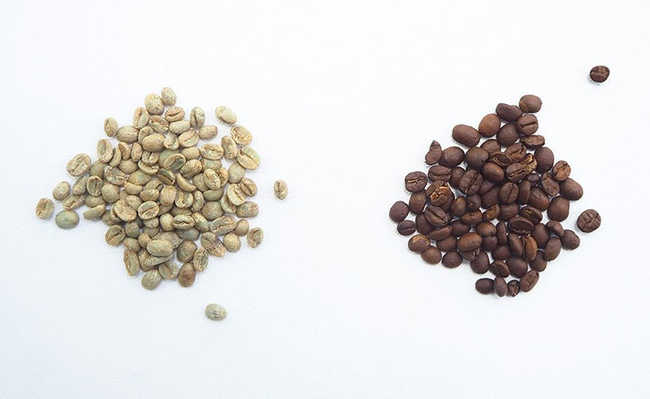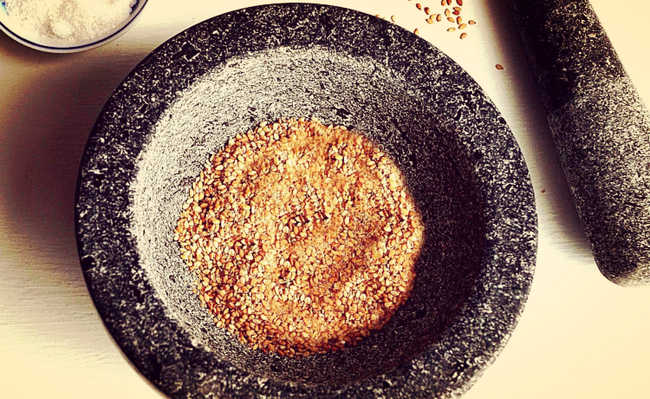Yam: properties, benefits and how to make
Learn how to make yams and what are the benefits of this nutritious and healthy tuber

The yam, also known as taro, white yam and taioba-de-são-tomé, is a nutritious tuber that is very popular and widely consumed in the world. Grown since 50,000 BC in Africa and Asia, it is now a staple food in many countries in South America, Africa, the Pacific Islands and the West Indies. In Brazil, the Northeast region is the largest producer and consumer.
There are more than 600 species of yam, but only a few are considered edible – the inedible ones are generally used for medicinal purposes. Many of the medicinal properties of yam are due to the action of diosgenin, a phytosterol of great interest to the pharmaceutical industry.
The consumption of the tuber, a relative of yam and sweet potato, improves the functioning of the immune system, blood quality and, as it is highly nutritious and medium in calories, it is a good option for those who want to lose weight. Tubers are an excellent source of soluble fiber and their carbohydrates are complex. They have vitamin A and beta-carotene, significant amounts of vitamin C and are rich in B-complex vitamins. As for minerals, they have potassium, iron, calcium, phosphorus, magnesium and copper. Learn more about the benefits of yam:
good for heart health
Yam fibers lower blood cholesterol levels, helping to prevent heart disease. Furthermore, yam is a good source of potassium, a mineral that counteracts the hypertensive actions of sodium in our body.
Boosts the immune system
Yam strengthens the lymph nodes, which are responsible for defending the immune system, making the body stronger and preventing disease. Viral diseases such as malaria, dengue and yellow fever can be avoided with yam consumption, as it helps to prevent blood contamination (but that is not why you should not take all vaccines). The antioxidant compounds in yam – beta-carotene and vitamin C – help prevent the most varied types of cancer and, as it is a source of diosgenin and vitamins B6 and B9, it is a great food to help control and prevent Alzheimer's.
Great ally of women's health
Because it has phytoestrogens and plant hormones, yam is known to increase women's fertility, alleviate menstrual cramps, symptoms of PMS and menopause (diosgenin present in the tubercle can help to contain heat, dry the mucosa and other symptoms that accompany this phase) and stimulate libido, in addition to being useful in endometriosis, fibrocystic breast disease and uterine fibrosis. One study even concluded that eating yam for 30 days balances hormone levels.
Aids in weight loss
Yam is a great food option for those who want to lose weight. In addition to containing little fat, its fiber promotes the feeling of satiety and its nutrients provide more energy. In addition, yam has anti-inflammatory properties, which makes the body less susceptible to accumulate fluids and toxins, reducing cellulite and swelling.
Prevents anemia
Yam is a good food for preventing anemia. It is a source of iron, a mineral that participates in the oxygen transport process carried out by red blood cells; copper, which helps access stored iron so that it can be used in the synthesis of new red blood cells; vitamin C, which helps with iron absorption; vitamin B6, essential for the production of hemoglobin; and folic acid, which helps in the maturation process of blood cells.
In addition to all this, yams also have other benefits, such as helping in cases of ingrown nails, boils and large pimples, deflating scars, avoiding pain and swelling in burns and fractured sites (when used externally) and, due to its deinflammatory power, can be used in hemorrhoids, arthritis, chickenpox, rheumatism, pleurisy, neuralgia, neuritis and eczema. Eating yams also helps to lower fever and fight sinusitis and appendicitis. The antioxidants contained in yam also help fight dryness of the skin when the yam is eaten regularly.
how to make yam
Foods such as cassava and yam - which are roots - should not be eaten raw because they contain toxic substances. To do this, cook it and add it to salads or juices, soups, pates, breads, cakes and pies, fried, baked, or in mush made with your flour, with vegetables or alone, with oil, salt and oregano.
- Salad: grate, season with oil, salt and lemon. Add other vegetables to taste.
- Juice: peel, grate and add fruit juice.
- Boiled: cook with the skin and whole in steam or pressure. Peel, season with olive oil, chives, parsley and ginger to taste.
Talk to your doctor or doctor about using yam. The functioning of the endocrine system is very delicate and integrated, and tubercle diosgenin can alter it, even if discreetly. Pregnant and lactating women should avoid yam consumption. Always eat in moderation.










